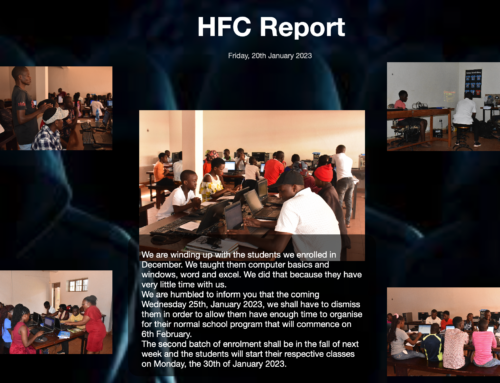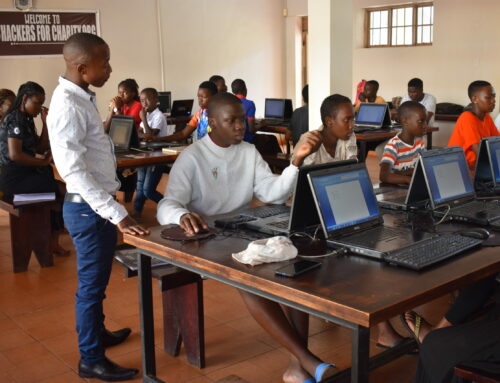As many of you know, we’ve been working for years on solutions that help schools in underdeveloped areas gain access to educational resources. Very early on, we partnered with RACHEL to help make content like Wikipedia, Khan Academy, Project Gutenberg and available offline. We then worked on various solutions to try to make a stand-alone device that could broadcast this content and more via WiFi to smartphones, tablets and computers (Raspberry Pi, Rugged Pi, BRCK).
Recently, we started working with alongside engineers on Intel’s new device called the Content Access Point or CAP. Sporting a 500gb standard hard drive, a 5-hour battery, a rugged design (with an SSD drive), ethernet port and user-serviceable parts, the CAP seemed to address all of our basic needs. Intel took this device seriously and added the ability to upload and manage local content and lessons. It was a very teacher-friendly offering. Needless to say we were thrilled.
However, there was one last mile. From our experience, we knew that every device we fielded “off the grid” would have to be serviced, maintained and updated from time to time. That meant we would have to field a technician or do some serious tech training on every install. In short we needed remote management capability.
We’re thrilled to announce that Weaved has helped to fill that gap for us. Weaved allows remote access to a variety of devices (most notably for us, the Raspberry Pi) via a number of access methods. We installed the service on the Linux WRT in the CAP and it worked great! This means that we can field a CAP, and if there is a problem the school can go to a nearby Internet cafe, plug in the CAP via ethernet and we can remotely log in to get it up and running. In the case of a more severe problem, the school can use a USB key we supply to reload the CAP, in most cases without losing any of the data.
It’s a simple, safe, VPN solution that opens the door for us to deploy CAPs in very remote schools in Uganda, relatively worry-free.
Next, we plan on making it possible for the CAPs to update themselves, so that is a CAP is updated at a cafe, that CAP can be used to update older CAPs without another trip to the cafe.
All of this could be facilitated by the CAP’s built-in battery topped up by Goal Zero products in the field.
None of this would be possible without the hard work of our own Sam Kinch who has adopted this project and advanced it through the years, first as a USB deployment, then with the Raspberry Pi, his own Rugged Pi, and now the CAP. Thanks Sam!







